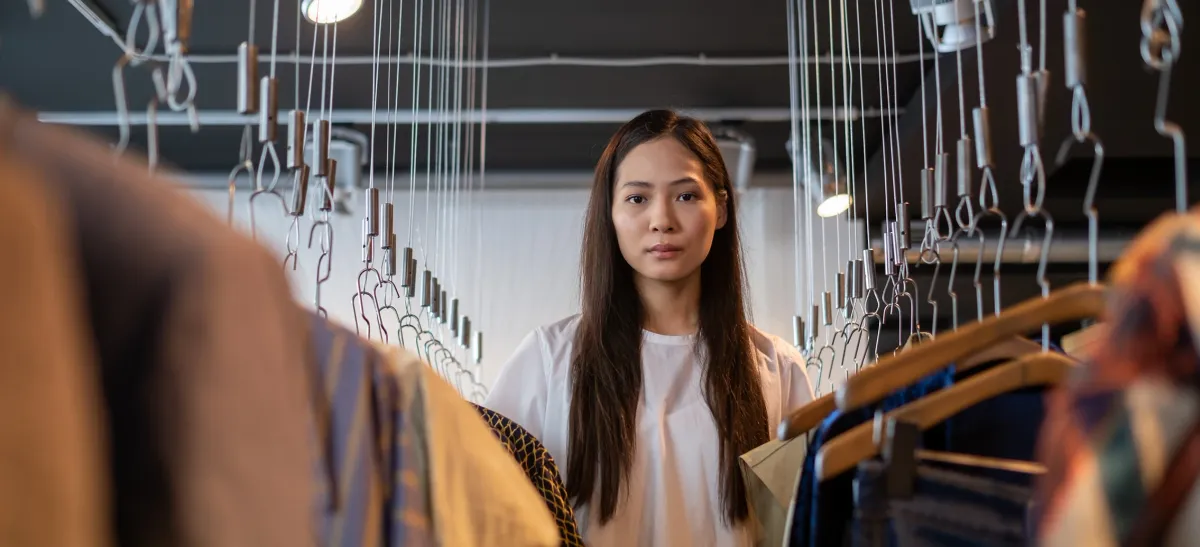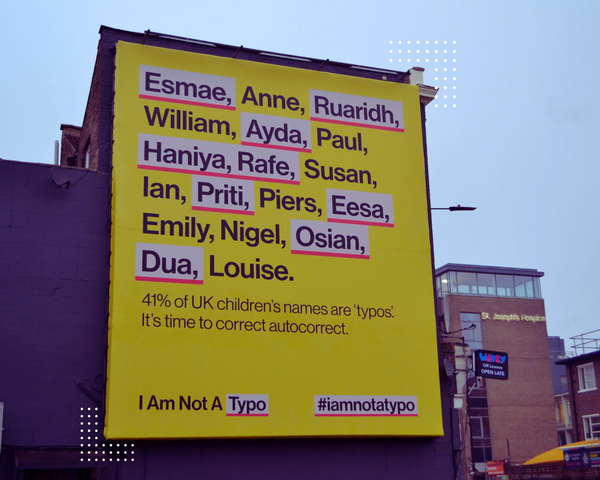Report: Are Clothing Rentals Good News for a Warming Planet?
A closer look at the thriving fashion rental market.

Access the Audio Read version of this article directly on Spotify for Podcasters.
When 29-year-old Netra was scouting the markets of New Delhi, India, for a wedding dress last December, she made a rather unconventional choice. Instead of buying her bridalwear, she chose to rent it from one of the city’s new occasion wear rental stores. Her logic: “if I can get a designer lehenga [an ankle-length skirt worn on formal occasions] for half the price and the duration when I’m going to be wearing it, why not opt for that instead?” But Netra’s decision wasn’t motivated by financial reasons alone. Like a growing number of people around the world who are drawn to the idea of renting rather than purchasing assets, she was also keen on making the more sustainable choice.
While a thriving rental market has existed in homes and cars for decades, it is now spreading to other product categories such as clothing, technology and furniture, which are highly resource-intensive and have a large ecological footprint. According to the Global Footprint Network (GFN), at current levels of resource consumption, we need 1.7 Earths to live sustainably. If all humans were to live like Europeans or Americans, that would require two to five Earths. And with wealthier people in China, Brazil, Indonesia and India adopting resource-rich lifestyles, the pressure on the planet is intensifying. Against this backdrop, an expansion of the circular economy is seen as good news for the planet. By keeping products in circulation for as long as possible, offers us a model to consume (and produce) “in a way that minimises our use of the world's resources, cuts waste and reduces carbon emissions” (World Economic Forum). While resale and recycling have long been part of this economy, renting has started to pick up only recently.
The model is championed by the fashion industry in particular, and with good reason. As the second largest consumer of water and responsible for a tenth of the world’s carbon emissions, fashion is considered one of the most polluting industries in the world. The rental model intervenes in this wasteful system by making a single garment available to different users at different points, thus increasing the number of times it is worn during its life cycle. It’s based on the assumption that if people rent more, they will buy less, which, in turn, will offset the need to produce more. But whether and how this assumption plays out in reality and whether renting is indeed more sustainable than buying are questions that are met with widely divergent answers depending on who you ask.
In 2021, US-based Rent the Runway said that its model—the company specialised in occasion and designer wear until recently—had “displaced the production of 1.3 million new garments since 2010—leading to savings of 67 million gallons of water, 98.6 million kWh of energy and 44.2 million pounds of CO2 emissions over the past decade” (as reported by Vogue). Comparing the number of times a garment in its collection is used on average with the number of times a similar item is typically worn when owned by a single consumer, the company claimed that its rentals cut water usage by 24% and energy by 6%, and reduced carbon dioxide emissions by 3%.
But critics say these numbers ignore the hidden environmental costs of clothing rental models. Rent the Runway released their report in response to a Finnish study (IOP Science) which suggested that renting a pair of jeans can potentially contribute more to global warming than the traditional use and throw method.
Comparing five different ways of using a pair of jeans — basic use and disposal, extended use, resale, recycle and share (or rent) — the study concluded that renting could take a bigger toll on the environment due to three reasons. Firstly, rented garments need to be continuously transported from the warehouse to the renter and back, or from one renter to another. Depending on the mode of transport being used, and whether or not the trip to the rental store is clubbed with other activities, this can significantly drive up carbon dioxide emissions. Secondly, every rented garment delivered to a new user involves some packaging, which may or may not be recyclable. And finally, the dry cleaning necessary between renters pollutes water and soil.
To be sure, these factors apply to some clothing segments more than others. Occasion wear, which is used on a one-off basis, is unlikely to be circulated very often between multiple users. When low-impact transport is used to rent them, the carbon footprint may not be significant. For this reason, users who rent bridalwear, rather than buying and storing it in the closet for life, maybe making the more eco-friendly choice. In contrast, casual clothing, such as a pair of jeans, is likely to be exchanged far more frequently, simply because these garments are worn more often. This places greater burdens on the environment from increased transport, packaging and dry cleaning. Ironically, the “new wave” of fashion rentals lauded as a “refreshingly guilt-free model” (The Guardian) focuses precisely on such everyday wear items.
The problem is compounded by short rental periods. While Rent the Runway allows customers to keep their rented pieces as long as they want, competitors such as the UK-based HURR and Rotaro offer rental periods starting from a few days to two weeks. Others operate on a pay-per-use basis. The last two may be more affordable options but they also require more trips to the warehouse and back, more rounds of dry cleaning and more packaging changes. In contrast, long term rental periods of a month or more allow the same renter to wear the same garment multiple times during the rental period, thus getting more use out of a single item without exacerbating the environmental costs. And while this may not work for occasion wear, it would apply to most categories of clothing, Lund University researchers have found.
The final test of the sustainability potential of renting is whether it replaces new purchases, and in turn, minimises the production of new clothes. Renting will have little or no positive environmental impact if consumers use rented pieces to increase their wardrobe choices rather than replace their normal buying, Lund University researchers Emma Johnson and Andrius Plepys suggest. Rental models also spur overconsumption when they incentivise users to “update their closets more frequently” by offering “a service contract which includes regular replacement of a product”, among other things. Rent the Runway’s most expensive membership plan offers a single user up to three shipments per month, amounting to one delivery every ten days. That’s a lot of carbon footprint generated through delivery alone, but these numbers are rarely disclosed by fashion rentals.
In large part, this is because the industry’s adoption of the rental model is not motivated by sustainability alone. With the exception of a handful of companies, like Rent the Runway, which have been around for over a decade, the push for rentals, globally, was prompted by declining sales in the aftermath of the coronavirus pandemic. Even those which launched pre-pandemic, like My Wardrobe HQ, expanded stocks in its aftermath, according to The Guardian. Since then, the apparel market has slowed down significantly while the clothing rental market is new and growing. Globally, it was worth $5.87 billion last year and it’s expected to grow to $7.5 billion by 2026 (Statista). For the fashion industry, then, the rental model is a new revenue stream that offsets declining sales.
None of this is to say that renting cannot be a sustainable model. Globally, clothing production has doubled in the past 15 years, and the utilisation rate of a typical garment has gone down 40% (Greenpeace). This means we are not only buying more clothes more frequently, but also discarding them at a faster pace than ever before, often before their intended lifespans. Against this scenario, renting can be an effective antidote. But for that to happen, clothing rental models have to be designed from an environmental sustainability standpoint rather than as another profit stream for companies. Simply put, the rental model needs to displace primary production. For companies, that would mean investing in higher quality clothing that lasts longer. For consumers, long-term rentals should be a nudge to buy less while also encouraging extensive use of that favourite pair of jeans.





